The word covers the mood or ambience that the writer creates in his narrative. As a literary device, mood refers to the emotional response that the writer wishes to evoke in the reader through a story.
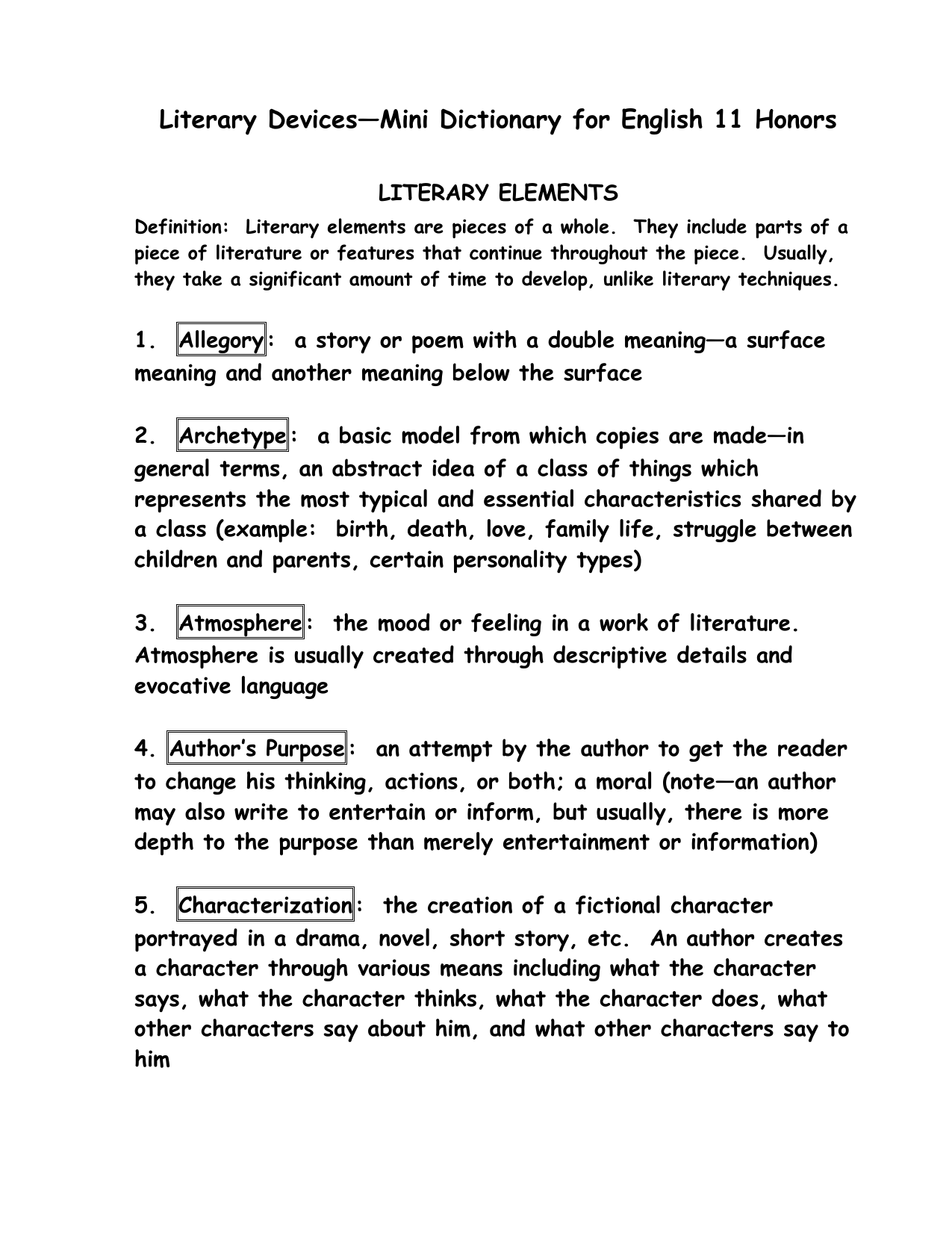
English 11 Honors Literary Device Dictionary
However, there is a slight difference between mood and atmosphere in usage.
What does atmosphere mean in literary terms. While “tone” is the writer’s attitude, “mood” is the feeling the reader gets from the writing. The sound effects created through features such as alliteration and onomatopoeia. The meaning of atmosphere is the gaseous envelope of a celestial body (such as a planet).
Any adjective can describe a mood, both in literature and in life, such as playful , tense , hopeful , dejected , creepy , lonely , amusing, or suspenseful. In simple terms, atmosphere is. In literature, the two terms mood and atmosphere are taken as synonyms.
An atmosphere is also a unit of pressure. In general, short stories and poems feature a consistent mood due to their length. The rhyme and rhythm patterns established.
Mood (mooduh) is the atmosphere surrounding a story and the emotions that the story evokes in the reader. A literary piece's atmosphere can help readers. The context or situation the poem describes.
A mood can serve as a vehicle for establishing atmosphere. In literary works, atmosphere refers to emotions or feelings an author conveys to his readers through description of objects. In simple words, mood and atmosphere both refers to the emotional feelings inspired by a work.
Deus ex machina is latin for “a god from the machine.” it’s when some new character, force, or event. Air, ambience (or ambiance), aroma, aura, climate, flavor, halo, karma, Atmosphere is all about emotion.
The author creates his or her atmosphere in order to give the reader subconscious impressions about the narrative. A reference or standard pressure is commonly 1 atm. It is a common literary technique in both poetry and prose to use words and expressions with multiple meanings.
How to use atmosphere in a sentence. Personification can be used to great effect with setting. Tone often describes the writing overall, but the mood of a piece of writing can change throughout it.
Atmosphere is a term used in literature to describe the mood of a piece of writing, which is usually created by how the author describes the setting and background, as well as the characters and events within the story. This response can range anywhere from feelings of calm, fear, anger, or joy depending on the literary work. We're usually going for spooky around halloween, but.
The common understanding of these terms. The poet’s choice of words. Mood refers to the internal emotions of an individual.
Which version of this scene is more evocative,. Flaming candles, the 'set' of the skeletons dining, and so on all conjures a specific atmosphere. Atmosphere is the mood or emotion that is conveyed by the setting.
A literary technique, atmosphere is a type of feeling that readers get from a narrative, based on details such as setting, background, objects, and foreshadowing. The denouement is the very end of a story, the part where all the different plotlines are finally tied up and all remaining questions answered. Now look at the following two poems.
Atmosphere differs slightly from mood in that it is broader and can apply to a location, while mood applies more to a person or people's emotions. As a literary term, it refers to the texture of the. A large, decaying gothic castle in the midst of a rain and lightening storm has a foreboding atmosphere.
Genre examples that evoke emotion atmosphere literary definition. No one actually knows the answer to this question, at least according to google. Every work of writing will have a predominant mood that represents the entire piece.
The tone, mood and atmosphere of a poem are the product of many factors, such as: One atmosphere (1 atm) is defined to be equal to 101,325 pascals. The atmosphere is the feeling a particular work conveys to readers.
Let’s explore the power of atmosphere. Atmosphere is usually linked to a place. What does the “atmosphere” of a text mean?
In other cases, standard temperature and pressure or stp is used. Tone, mood and atmosphere is the singular area of literary analysis that requires a flexible, open mind and a blurry interpretation of the definitions, because the. Denotation is a word’ or thing’s “dictionary defintion”, i.e.
Writers develop a story’s atmosphere with description and narration, using literary devices and techniques like setting, imagery, diction, and figurative language. When and where the story takes place. Includes the time of day, weather, and more.
The intention is to give the reader a feeling (often dark and foreboding) of what is going to happen. Assigning the place a character as friendly, hostile, aggressive, welcoming etc and describing in it in those human terms creates a strong atmosphere. The field of literature studies uses a specific set of terms to describe elements of fiction and strategies used by writers.
For example, at the death of a character the mood could be depressed or sad, but at the discovery of a long lost friend, the mood.
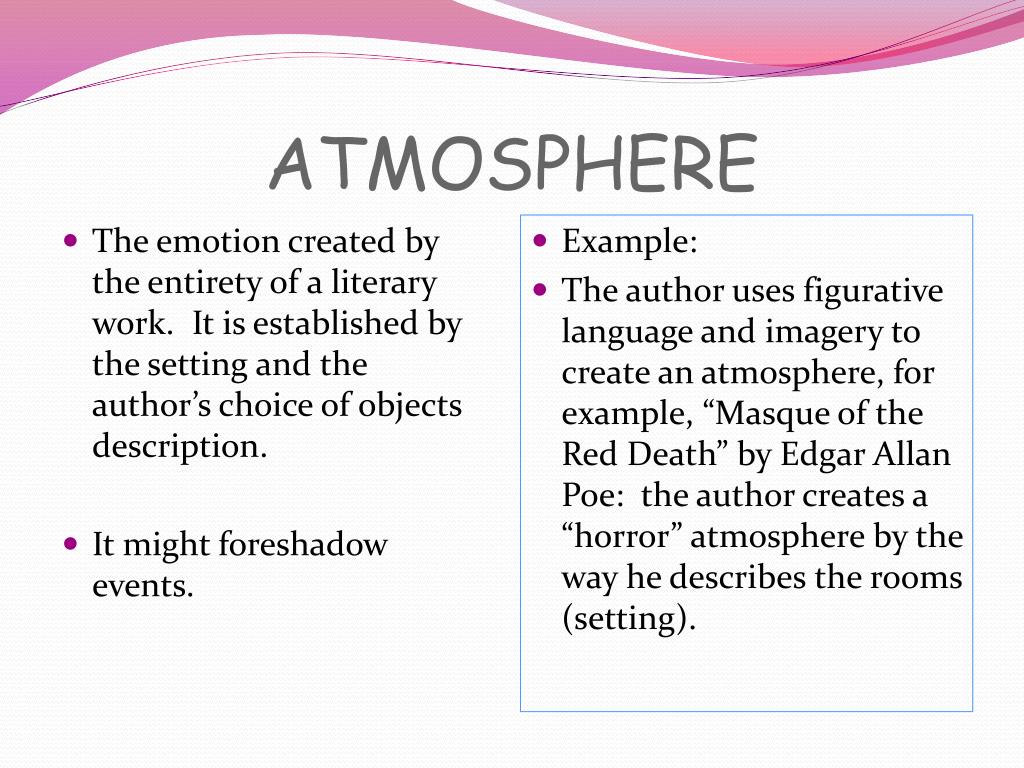
PPT AP English Language and Composition Terms PowerPoint Presentation
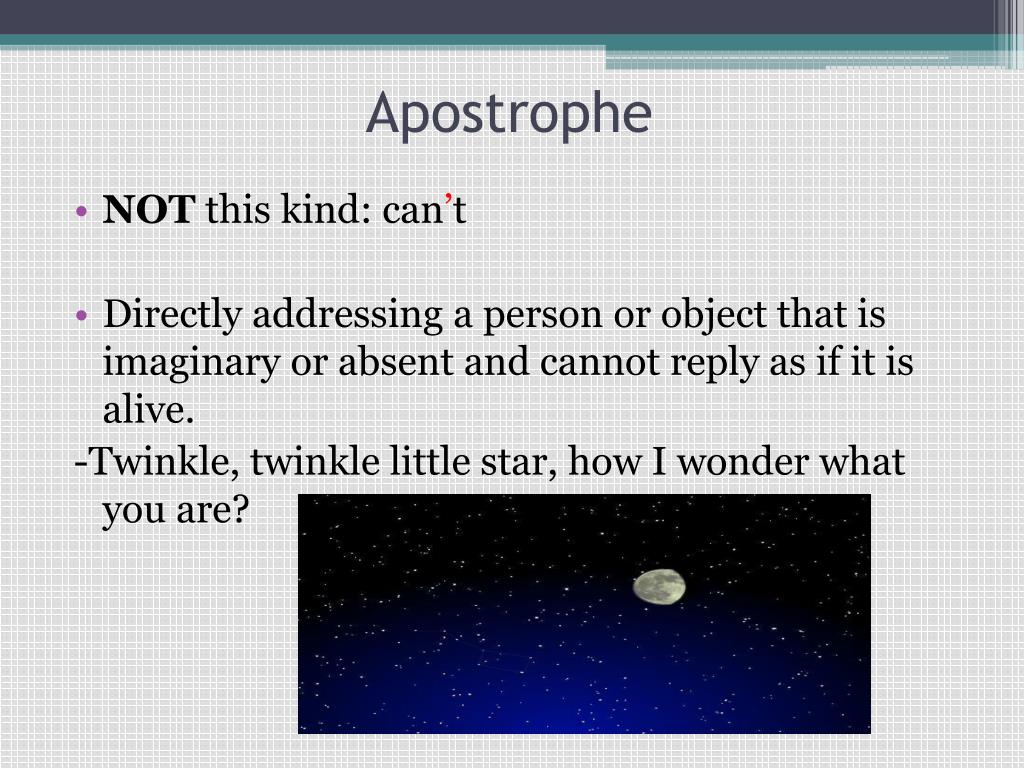
PPT Literary Terms Antecedent Atmosphere By Dalia Maldonado Period
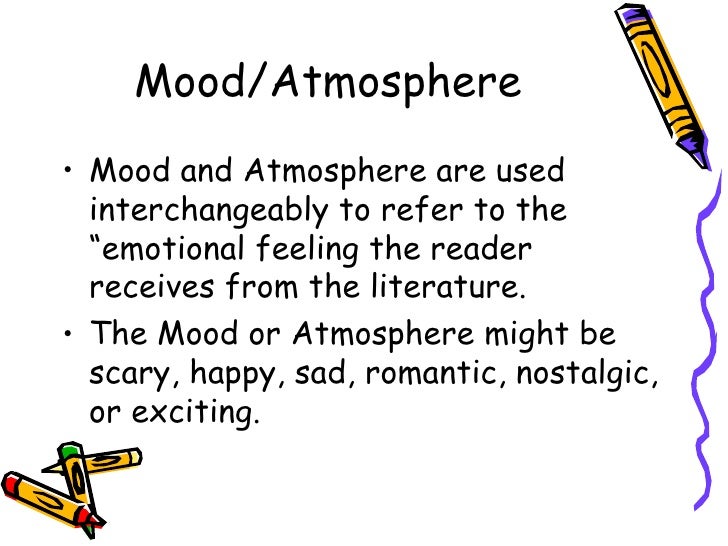
Literature Ii Elements Of Literature

PPT Atmosphere/Mood PowerPoint Presentation, free download ID1795420
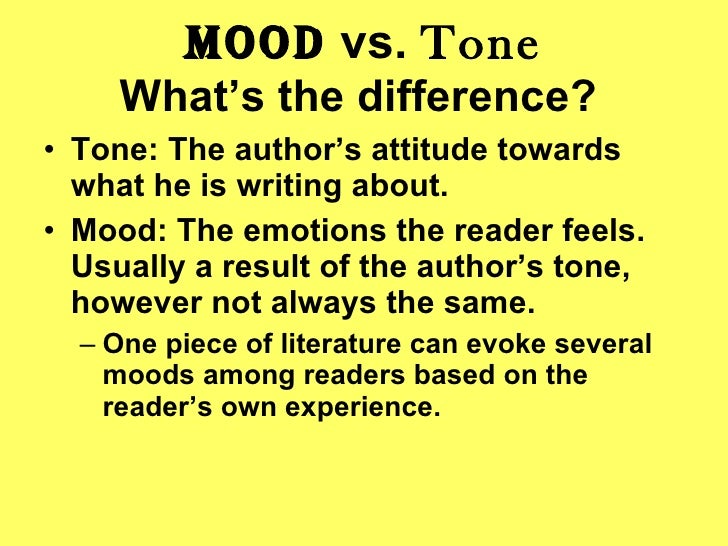
Izydorczak, Thomas ext. 1329 / Literary Devices